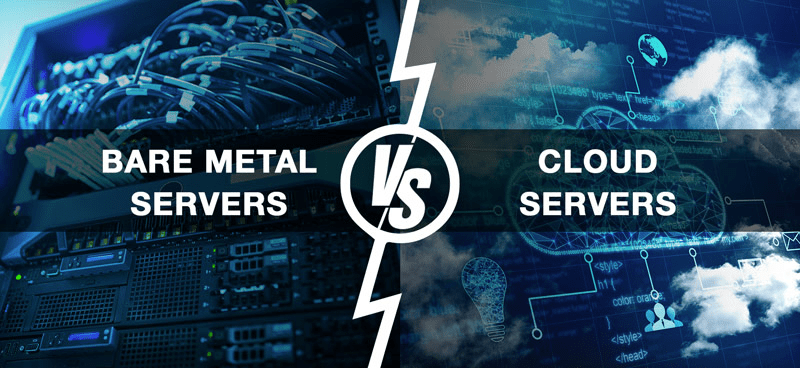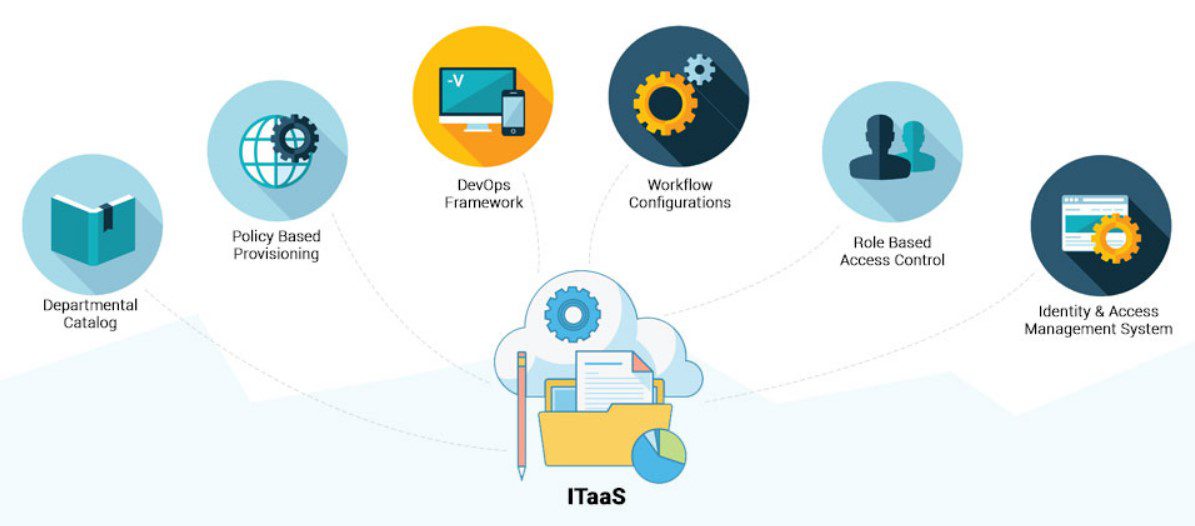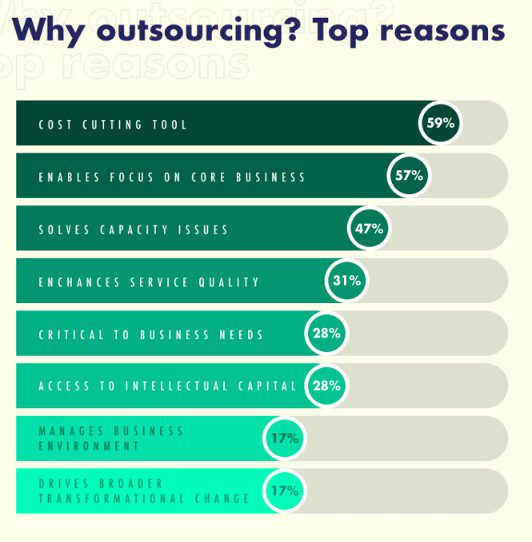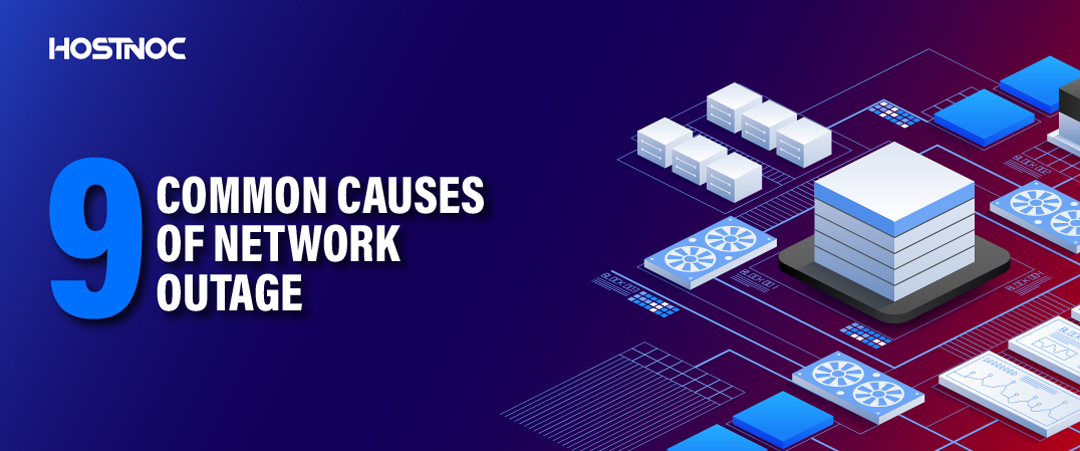Blogs

Bare Metal Server or Virtual Server: Which One Should You Choose and Why?
September 27, 2022
What are Experience Level Agreements: Practical Guide You Need
October 4, 2022IT as a Service: Transforming Digital Enterprises For The Better
You might be familiar with Software as a Service (SaaS), Platform as a Service (PaaS) and Infrastructure as a Service (IaaS) but have you ever heard about IT as a Service (ITaaS)? Chances are, you haven’t.
If this is the case, you are not alone. Since it is a novel concept, very few people truly understand what IT as a Service actually constitutes. If you are also one of those, don’t worry because you have landed at the right place. We will tell you everything you need to know about IT as a service and also highlight how it will revolutionize digital enterprises for the better.
In this article, you will learn how IT as a service is transforming today’s digital enterprises.
You might be familiar with Software as a Service (SaaS), Platform as a Service (PaaS) and Infrastructure as a Service (IaaS) but have you ever heard about IT as a Service (ITaaS)? Chances are, you haven’t.
If this is the case, you are not alone. Since it is a novel concept, very few people truly understand what IT as a Service actually constitutes. If you are also one of those, don’t worry because you have landed at the right place. We will tell you everything you need to know about IT as a service and also highlight how it will revolutionize digital enterprises for the better.
In this article, you will learn how IT as a service is transforming today’s digital enterprises.
What is IT as a Service?
IT as a service is basically a cloud service delivery model that focuses on giving businesses access to all the hardware, software and support businesses needs. IT as a service enables businesses to respond to changing industry dynamics efficiently as it expedites innovation and focuses on agility.
Simply put, IT as a service is all about outsourcing your IT requirements to a service provider or third-party vendor. The service provider will take care of everything from hardware, software, IT support, security, technology implementation, diagnostic and client query management and IT governance.

What are the Advantages of IT as a Service?
There are many advantages of adopting an IT as a service model, including:
- Scalability
- Agility
- Low barrier to entry
- Customer-centric
- Alignment with business goals
Let’s look at each one in little more detail to give you a better idea.
- Scalability
Static IT solutions have gone out the window. The pace at which technology is evolving and businesses are growing warrants enterprises to have a dynamic solution. IT as a service fits the bill perfectly by adjusting according to your business needs. It gives you the freedom to scale up or down your resources depending on your business requirements.
- Agility
As mentioned above, the speed at which things change in technology forces businesses to adopt agile methodologies. IT as a service enables enterprises to respond to emerging trends instantly and maintain the pace of innovation. This gives them an edge over their competitors who are slow to respond to changes.
- Low barrier to entry
Most people think that outsourcing IT services can put a dent in their pockets. However, it is the other way around. When you factor in the cost of hardware, software, security and maintenance, you can easily see why adopting an IT as a service solution can be a great way to save money. Even better, you don’t need millions of dollars to implement IT as a service model. The low barrier to entry also makes it more accessible for small and mid-size businesses to adopt this model.
- Customer-centric
Customers are at the heart of IT as a service. In fact, it is a customer-centric approach that revolves around delivering better value to customers and providing them a great user experience. The end goal is customer satisfaction and improving customer engagement. With an IT-as-a-service model, you can respond to ever-changing customer demands more efficiently.
- Alignment with business goals
IT usually has a bad reputation when it comes to aligning departmental goals with overarching business goals. IT-as-a-service can help you fix this problem as well. In the IT-as-a-service model, businesses have to take a strategic approach to Information Technology. This assists them in mapping everything from software to hardware to security infrastructure with their business goals.

What are the Key Components of IT-as-a-Service?
There are six key pillars of the IT-as-a-service model.
- Business focus
IT as a service provider designs their infrastructure and architecture with your business needs in mind.
- IT management framework
The IT management framework puts the spotlight on user and business requirements and forces IT leaders to make decisions based on that. This is a far cry from traditional approaches to decision-making which puts technical assets and projects over everything else.
- Financing
Businesses will only be willing to adopt the IT-as-a-service model if they can get better value out of every dollar they are spending. If the benefits provided by the service provider outweighs the cost, the businesses will have no hesitation adopting it.
- Agile ITSM
To respond to changes quickly, you need a lean and nimble model, such as agile IT service management. Apart from letting you respond to shifts in the market, it can also help enterprises align business goals with IT goals.
- Cross functional expertise
As you migrate from a traditional model to an IT as a service model, you must expand your skills and capability to succeed. An IT professional must have knowledge of business, sales, marketing and more. You can only develop this diverse skill set by working in cross-functional teams and learning from other team members.
M Ali
Featured Post
How to Migrate Your Website to a New Host Without Downtime?
Website downtime during migration is one of the biggest concerns for site owners looking to switch hosting providers. Whether you are looking for better performance, more […]
9 Common Causes of Network Outages
Power-related issues remain the leading cause of major data center outages, responsible for 54% of cases according to Uptime Institute’s 7th annual outage analysis report, while […]
7 Key Takeaways From Barracuda’s MSP Customer Insight Report 2025
As cybersecurity threats evolve and IT environments become more complex, many organizations are turning to MSPs not just for cost savings or basic outsourcing but for […]












